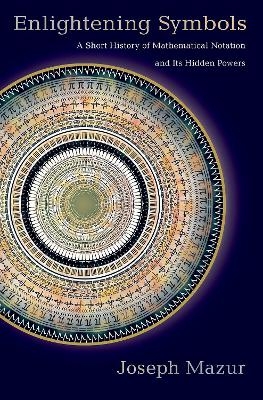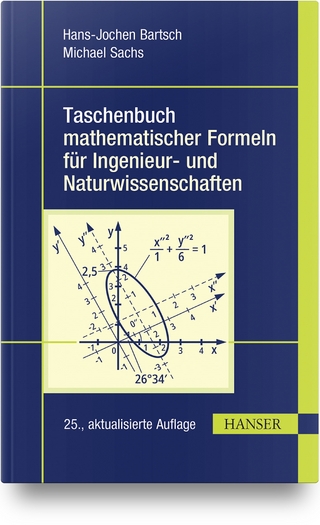
Enlightening Symbols
Princeton University Press (Verlag)
978-0-691-17337-5 (ISBN)
- Lieferbar (Termin unbekannt)
- Versandkostenfrei innerhalb Deutschlands
- Auch auf Rechnung
- Verfügbarkeit in der Filiale vor Ort prüfen
- Artikel merken
Mazur also investigates the subconscious and psychological effects that mathematical symbols have had on mathematical thought, moods, meaning, communication, and comprehension. He considers how these symbols influence us (through similarity, association, identity, resemblance, and repeated imagery), how they lead to new ideas by subconscious associations, how they make connections between experience and the unknown, and how they contribute to the communication of basic mathematics. From words to abbreviations to symbols, this book shows how math evolved to the familiar forms we use today.
Joseph Mazur is the author of Euclid in the Rainforest (Plume), which was a finalist for the PEN/Martha Albrand Award, Zeno's Paradox (Plume), What's Luck Got to Do with It? (Princeton), and Fluke (Basic).
Introduction ix Definitions xxi Note on the Illustrations xxiii Part 1 Numerals 1 1. Curious Beginnings 3 2. Certain Ancient Number Systems 10 3. Silk and Royal Roads 26 4. The Indian Gift 35 5. Arrival in Europe 51 6. The Arab Gift 60 7. Liber Abbaci 64 8. Refuting Origins 73 Part 2 Algebra 81 9. Sans Symbols 85 10. Diophantus's Arithmetica 93 11. The Great Art 109 12. Symbol Infancy 116 13. The Timid Symbol 127 14. Hierarchies of Dignity 133 15. Vowels and Consonants 141 16. The Explosion 150 17. A Catalogue of Symbols 160 18. The Symbol Master 165 19. The Last of the Magicians 169 Part 3 The Power of Symbols 177 20. Rendezvous in the Mind 179 21. The Good Symbol 189 22. Invisible Gorillas 192 23. Mental Pictures 210 24. Conclusion 216 Appendix A Leibniz's Notation 221 Appendix B Newton's Fluxion of xn 223 Appendix C Experiment 224 Appendix D Visualizing Complex Numbers 228 Appendix E Quaternions 230 Acknowledgments 233 Notes 235 Index 269
| Erscheinungsdatum | 08.12.2016 |
|---|---|
| Zusatzinfo | 8 halftones. 38 line illus. 4 tables. |
| Verlagsort | New Jersey |
| Sprache | englisch |
| Maße | 156 x 235 mm |
| Gewicht | 454 g |
| Themenwelt | Sachbuch/Ratgeber ► Natur / Technik |
| Mathematik / Informatik ► Mathematik ► Allgemeines / Lexika | |
| Mathematik / Informatik ► Mathematik ► Mathematische Spiele und Unterhaltung | |
| ISBN-10 | 0-691-17337-0 / 0691173370 |
| ISBN-13 | 978-0-691-17337-5 / 9780691173375 |
| Zustand | Neuware |
| Informationen gemäß Produktsicherheitsverordnung (GPSR) | |
| Haben Sie eine Frage zum Produkt? |
aus dem Bereich


